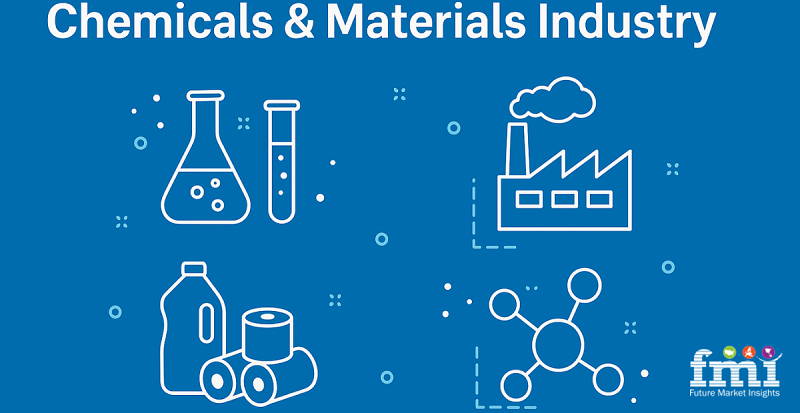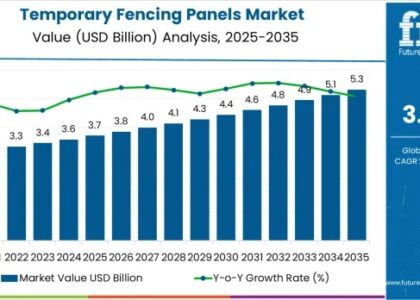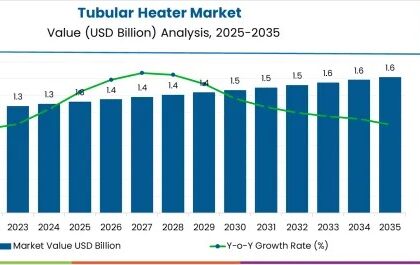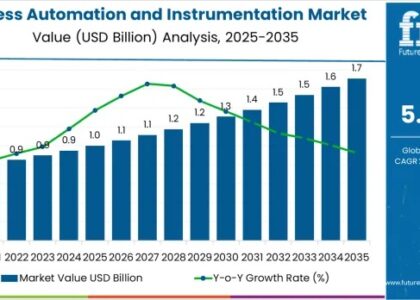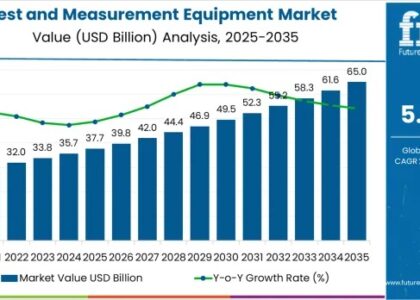The Flue Gas Desulfurization (FGD) System Market—often referred to as the industrial SOx control market or power plant emissions scrubber market—has grown steadily due to stringent global regulations on sulfur dioxide (SO₂) emissions from coal-fired power plants and other industrial processes. FGD systems are recognized as crucial for reducing air pollution, improving public health, and helping countries meet their climate and environmental commitments.
However, while most discussions revolve around system efficiency, desulfurization technology types, or regulatory compliance, a less examined but critical aspect is the intensive water usage and wastewater generation associated with these systems. As global industries embrace cleaner air standards, the FGD market must now contend with the sustainability paradox: how to manage the liquid footprint of air purification technologies.
𝐌𝐚𝐤𝐞 𝐈𝐧𝐟𝐨𝐫𝐦𝐞𝐝 𝐃𝐞𝐜𝐢𝐬𝐢𝐨𝐧𝐬 – 𝐀𝐜𝐜𝐞𝐬𝐬 𝐘𝐨𝐮𝐫 𝐒𝐚𝐦𝐩𝐥𝐞 𝐑𝐞𝐩𝐨𝐫𝐭 𝐈𝐧𝐬𝐭𝐚𝐧𝐭𝐥𝐲! https://www.futuremarketinsights.com/reports/sample/rep-gb-2419
Understanding Conventional FGD Operations
Flue Gas Desulfurization systems primarily function by removing sulfur dioxide from exhaust flue gases using wet, dry, or semi-dry scrubbing technologies. Among these, wet scrubbers—particularly limestone-gypsum systems—are the most widely used due to their high removal efficiency. In wet FGD systems, flue gas is passed through a slurry of alkaline absorbents such as limestone, which reacts with SO₂ to form calcium sulfite or gypsum as a byproduct.
What is often overlooked is the sheer volume of water required in this process. According to data from the Electric Power Research Institute (EPRI), a typical 500 MW coal-fired power plant utilizing a wet FGD system can consume over 2,000 cubic meters of water per day. This water-intensive process not only affects resource sustainability but also generates significant amounts of wastewater laden with heavy metals, chlorides, and dissolved solids.
The Overlooked Water Footprint
Despite their effectiveness in air pollution control, wet FGD systems pose substantial environmental trade-offs. The wastewater generated during the process contains contaminants such as mercury, selenium, arsenic, and nitrates, many of which are difficult to treat with conventional effluent systems.
In 2020, the U.S. Environmental Protection Agency (EPA) revised its Effluent Limitation Guidelines (ELGs) for power plants, mandating stricter limits on pollutants discharged from FGD wastewater streams. The compliance burden has spurred utilities and industrial plants to reevaluate their wastewater treatment capabilities or even reconsider their FGD technology choices.
The industry valuation is anticipated to grow at a steady pace, with a value of USD 24.56 billion in 2025, which is further likely to reach around USD 40.41 billion by 2035 at a CAGR of about 5.1%. This demonstrates how water-related issues can reshape operational and capital expenditure decisions within the FGD system market.
𝐔𝐧𝐥𝐨𝐜𝐤 𝐂𝐨𝐦𝐩𝐫𝐞𝐡𝐞𝐧𝐬𝐢𝐯𝐞 𝐌𝐚𝐫𝐤𝐞𝐭 𝐈𝐧𝐬𝐢𝐠𝐡𝐭𝐬 – 𝐄𝐱𝐩𝐥𝐨𝐫𝐞 𝐭𝐡𝐞 𝐅𝐮𝐥𝐥 𝐑𝐞𝐩𝐨𝐫𝐭 𝐍𝐨𝐰: https://www.futuremarketinsights.com/reports/flue-gas-desulfurization-system-market
Emerging Technological Innovations
As awareness grows around these water challenges, the FGD system market is witnessing a push toward zero liquid discharge (ZLD) technologies and dry or semi-dry alternatives. Dry sorbent injection (DSI) systems, for instance, use powdered alkaline agents like hydrated lime without requiring water. Although these systems typically achieve lower SO₂ removal efficiency compared to wet scrubbers, they offer a significant advantage in regions facing water scarcity or stringent effluent regulations.
Moreover, advanced water treatment systems, including membrane filtration, electrochemical oxidation, and constructed wetlands, are being integrated into FGD operations to minimize water pollution. For example, a thermal power plant in Rajasthan, India, recently adopted a hybrid FGD system paired with a membrane bioreactor that treats wastewater for reuse in cooling operations, effectively creating a closed-loop water management system.
These developments point to a broader trend where water sustainability is emerging as a competitive differentiator in the FGD systems market. Companies that can provide integrated solutions for both air and water management are poised to lead in future tenders and contracts, especially in water-stressed regions like the Middle East, parts of China, and South Africa.
Regulatory and Market Implications
Global regulatory bodies are beginning to recognize the dual environmental impacts of FGD systems. China’s Ministry of Ecology and Environment, for instance, recently issued guidelines that tie air quality control measures with water usage efficiency. Similarly, the European Union’s Industrial Emissions Directive is expected to include water performance metrics in its upcoming revisions.
Industrial and Institutional Chemicals: https://www.futuremarketinsights.com/industry-analysis/industrial-and-institutional-chemicals
These policy shifts will likely affect procurement decisions in heavy-emitting industries such as cement, steel, and petrochemicals. Instead of merely focusing on desulfurization efficiency, stakeholders must now evaluate total environmental performance, including water usage intensity and effluent quality.
This multi-dimensional scrutiny is reshaping buyer behavior in the FGD market. EPC contractors and solution providers who can deliver holistic environmental compliance—integrating air emission control with water treatment technologies—are being prioritized in contract awards, particularly in cross-border public-private partnership projects.
Segmentation
By Type:
The segmentation is into Wet Flue Gas, Dry Flue Gas, and Semi Gas, catering to different treatment processes in flue gas management.
By Application:
The segmentation is into applications such as Power Generation, Chemical Processing, Iron and Steel, Cement Manufacturing, and Others, reflecting the diverse industrial use of flue gas treatment.
By Region:
The report covers North America, Latin America, Western Europe, Eastern Europe, South Asia and Pacific, East Asia, and the Middle East & Africa, with regional variations in industrial growth and regulatory requirements.
About Future Market Insights (FMI)
Future Market Insights, Inc. (ESOMAR certified, recipient of the Stevie Award, and a member of the Greater New York Chamber of Commerce) offers profound insights into the driving factors that are boosting demand in the market. FMI stands as the leading global provider of market intelligence, advisory services, consulting, and events for the Packaging, Food and Beverage, Consumer Technology, Healthcare, Industrial, and Chemicals markets. With a vast team of over 400 analysts worldwide, FMI provides global, regional, and local expertise on diverse domains and industry trends across more than 110 countries.
Join us as we commemorate 10 years of delivering trusted market insights. Reflecting on a decade of achievements, we continue to lead with integrity, innovation, and expertise.
Contact Us:
Future Market Insights Inc.
Christiana Corporate, 200 Continental Drive,
Suite 401, Newark, Delaware – 19713, USA
T: +1-347-918-3531
For Sales Enquiries: sales@futuremarketinsights.com
Website: https://www.futuremarketinsights.com
LinkedIn| Twitter| Blogs | YouTube


